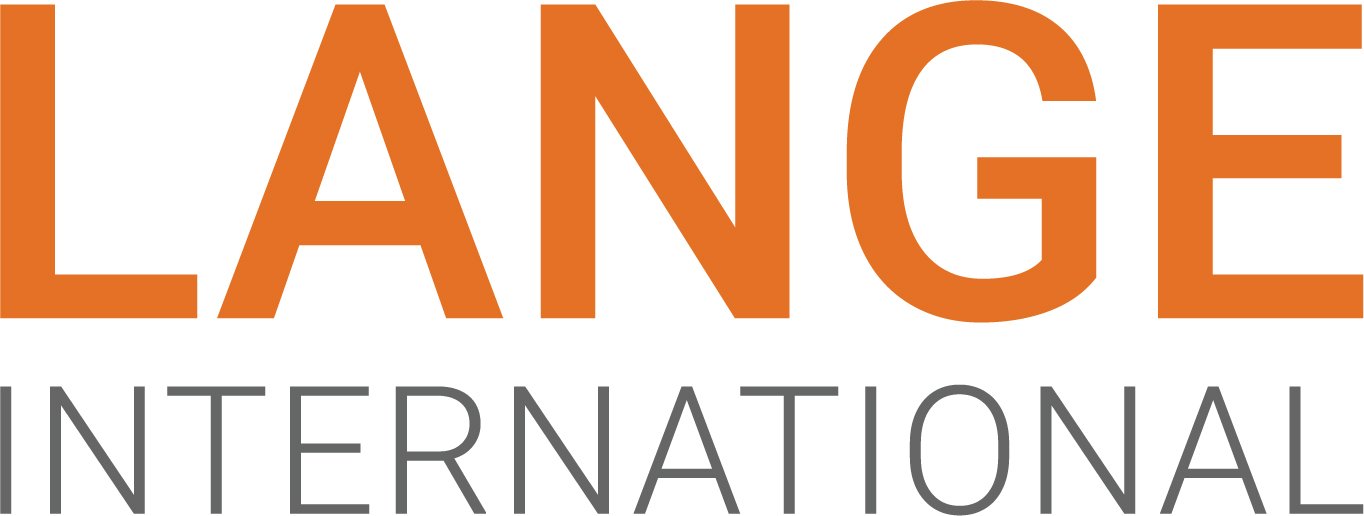Augmenting your executive presence is easier said than done. When coaching leaders who receive feedback that they need to have “more executive presence,” we find that focusing on small behaviors can make a huge difference.
Read MoreOne thing we’ve had on our minds recently at Lange is the how the way you speak changes the way your message is heard. But are filler words really bad? Jenna shares advice on using filler words influenced by her time in Seville, Spain.
Read MoreYou don’t have to be a body language expert like Joe Navarro to read people and figure out what they might be thinking or feeling. In his recent article, Navarro talks about what he saw during the Democratic political debate and called out a few nonverbal behaviors that the candidates displayed that showed everything from discomfort to passion. In our work as communication consultants, we talk about nonverbal behaviors all the time—and how people use them to show up with confidence and gravitas or... not.
Read MoreMany of us use a to-do list. Whether it’s in our heads or something we put on paper, it’s gratifying when we can cross tasks off. However, a lot of clients tell me they don’t have time to focus on what they need to—especially when it comes to management and coaching their direct reports. Furthermore, feeling a time-crunch impacts mindset; people aren’t present and can come across distracted and scattered in conversations. What we know is that mindset plus behaviors defines “executive presence”—and prioritizing a to-do list can not only help with time management, but also help to ensure you’re showing up as the best version of yourself.
Read MoreDo you want to have better conversations? Check out NPR interviewer Celeste Headlee’s entertaining and practical tips above. My favorite? “A good conversation is like a miniskirt – short enough to retain interest but long enough to cover the subject.”
Read More






